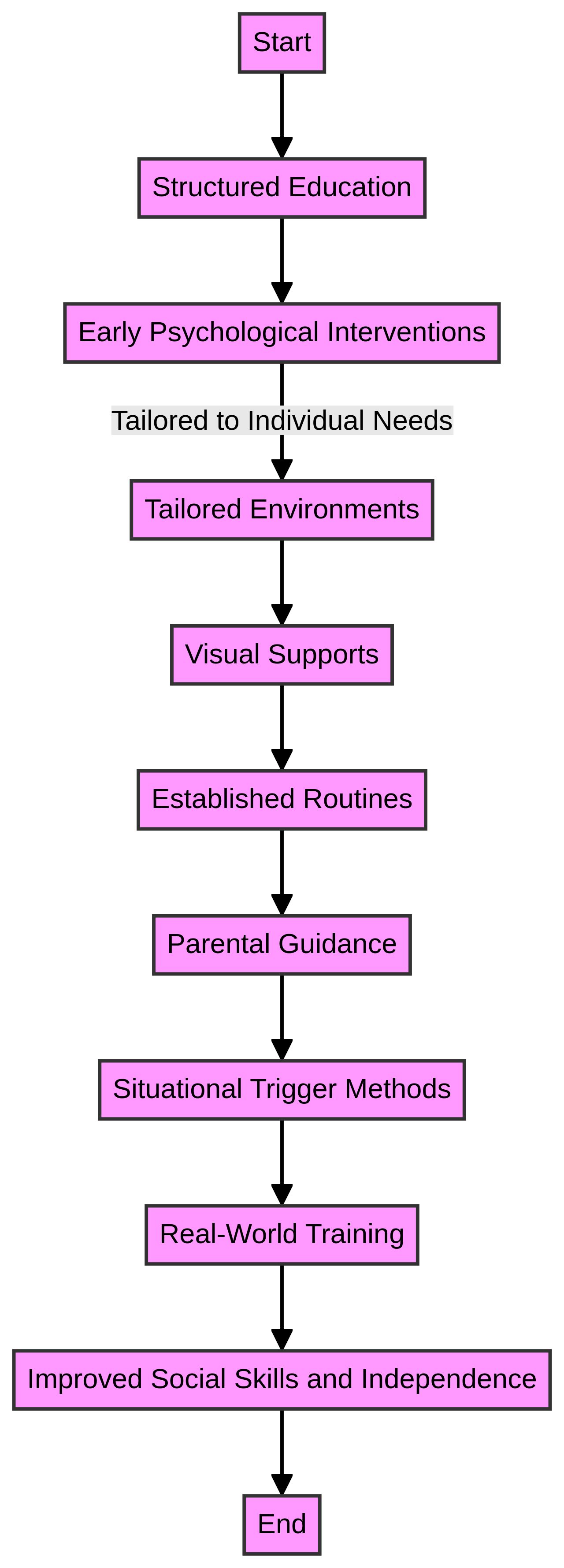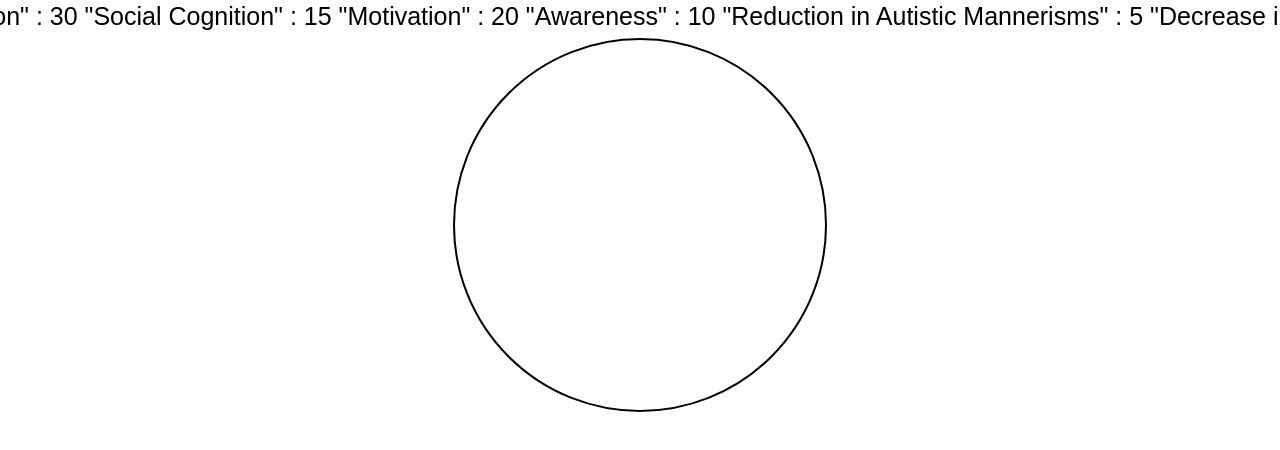Introduction
Exposure to nature and interaction with animals have been recognized as effective therapeutic tools for those with autism, bringing a host of benefits that enhance mental wellbeing. The serenity of natural settings has been linked to reduced activity in brain regions tied to depression, as evidenced by a Stanford University study. This research suggests that time spent in green spaces can diminish anxiety and foster a sense of tranquility.
In parallel, the companionship of animals, especially therapy dogs, has been shown to yield significant positive impacts. Moreover, a meta-analysis revealed improvements in social communication and reduced autistic mannerisms among participants involved in nature-based interventions (NBIs). As the field of ecotherapy grows, the integration of nature-based therapies into public health strategies is gaining traction, promising to bolster mental health and equality.
The Importance of Nature and Animals in Therapy
Exposure to nature and interaction with animals have been recognized as effective therapeutic tools for those with autism, bringing a host of benefits that enhance mental wellbeing. The serenity of natural settings has been linked to reduced activity in brain regions tied to depression, as evidenced by a Stanford University study published in the Proceedings of the National Academy of Sciences. This research suggests that time spent in green spaces can diminish anxiety and foster a sense of tranquility, contributing to improved mental health.
In parallel, the companionship of animals, especially therapy dogs, has been shown to yield significant positive impacts. Not only do these interactions lead to increased levels of hormones associated with bonding and happiness in humans, but they also mirror similar physiological benefits in the animals. Moreover, a study indicated that the presence of dogs could lead to notable enhancements in children's behavior during medical appointments, highlighting the profound influence animals can have on individuals with autism.
The therapeutic potential of nature and animals is further supported by a meta-analysis that revealed improvements in social communication, a reduction in autistic mannerisms, and enhanced social cognition among participants involved in nature-based interventions (NBIs). These findings underline the capacity of NBIs to improve attention, sensory seeking, and sensitivity, as well as to manage hyperactivity and irritability in children with autism. As the field of ecotherapy grows, backed by initiatives like the GreenME project funded by the European Union, the integration of nature-based therapies into public health strategies is gaining traction, promising to bolster mental health and equality across Europe.
COMSI: A Holistic Approach to Enhancing Communication Skills
The journey towards improving communication and social interaction for individuals with autism is one of careful strategy and heartening progress. Through structured education and early psychological interventions, studies have shown that children with autism can make significant strides in social development.
By tailoring environments, implementing visual supports, and establishing routines, these individuals can learn to understand and master essential life skills, fostering a sense of independence. The impact of psychological interventions is further underscored by the emphasis on parental guidance and 'situational trigger' methods, which guide children's engagement in interpersonal interactions and encourage participation in age-appropriate group activities.
For instance, everyday activities such as shopping at the mall or visiting a pharmacy become opportunities for social practice, essential for addressing social survival issues. Long-term training in these real-world contexts is crucial, as research indicates that it can lay a solid foundation for the development of social interaction and survival skills in children with ASD.
This revelation aligns with the experiences of parents like Laura Kasbar, who, faced with her son's severe non-verbal autism, innovatively shifted her approach to therapy, leading to breakthroughs in communication. Despite the availability of various programs targeting preschool-aged children with autism, there remains a gap in comparative research and widespread availability. Nonetheless, the consensus among professionals emphasizes the importance of treatment intensity, family involvement, and a focus on generalization—key strategies supported by empirical evidence. These insights offer a beacon of hope and direction for those dedicated to enhancing the lives of individuals with this complex neuropsychiatric condition.

Case Study: The Impact of COMSI on an 8-Year-Old Boy with Autism
The journey of a young boy with autism has been a testament to the transformative power of augmentative and alternative communication (AAC) systems. At just 8 years old, his ability to communicate was revolutionized through a specialized therapy program, leading to marked enhancements in his vocabulary, articulation, and social interactions.
The use of AAC, such as electronic speech-generating devices, has been pivotal for children with complex communication needs to express themselves effectively. This case mirrors the findings from a study at Children's Hospital Boston, where clinicians reported significant boosts in their preparedness and relational skills after receiving targeted training.
Moreover, the POWR System, developed with a NCSER-funded grant by Dr. Sarah Douglas, highlights the importance of tailored educational support for these children. It's a system that not only aids in communication but also fosters the development of social skills essential for navigating life's many settings—from the classroom to everyday errands.
This approach aligns with research advocating for early, structured education and psychological intervention, as emphasized by Yan et al. (2021), which can lead to substantial social progress in children with autism. As we strive to understand and support the unique challenges faced by individuals with autism, stories like this boy's underscore the need for continued research and innovation in the realm of non pharmaceutical interventions. With experts like Micheal Sandbank, PhD, calling for clarity and caution in the landscape of autism interventions, it becomes crucial to advocate for high-quality research to inform clinical practice and enhance the lives of those on the autism spectrum.

The Role of Therapists in COMSI: Sensitivity and Compliance
Understanding the unique experiences of individuals with autism is essential for therapists who are integral to the effectiveness of therapies such as COM. The sensitivity and empathy of therapists are paramount, as they help to foster a nurturing atmosphere that can significantly impact the well-being of those with autism.
The structured education and early psychological intervention highlighted by Yan et al., 2021, are examples of how tailored therapeutic approaches can enhance the clinical outcomes for children with ASD by promoting social interaction and independence. The importance of such personalized therapy is underscored by the fact that autistic adults face a higher prevalence of mental health issues, such as anxiety and depression, compared to the general population.
This was evident in a study using data from 8761 autistic adults in England, which revealed that while psychological therapy can reduce symptoms of depression and anxiety, the outcomes for autistic adults were less favorable than for others. Therapists' understanding of the social communication challenges and repetitive behaviors that characterize autism, along with their ability to adapt therapy to the individual's needs, can make a profound difference. As the number of children diagnosed with autism continues to rise, the need for competent and compassionate therapists becomes even more critical. With the right training and approach, as called for by experts like Anoushka Pattenden and Dr. James Cusack, mental health professionals can ensure that services are as effective for autistic individuals as they are for the rest of the population, thus addressing a key concern of organizations like WHO and the autism community itself.
The Power of Nature and Animals in Stimulating Communication
Exploring the natural world and bonding with animals have shown remarkable benefits in fostering communication for those with autism. The sensory-rich environment of nature provides a serene backdrop that can enhance social interaction, while the presence of animals offers a calming influence, facilitating a more profound connection. In particular, the companionship of dogs has been found to echo the nurturing effects of child-directed communication (CDC), promoting emotional and physical well-being in both children and animals.
Studies reveal that interactions with dogs can lead to increased levels of hormones associated with bonding and stress reduction in humans, mirroring the benefits observed in the animals themselves. This reciprocal relationship has been shown to significantly improve behaviors in children during stressful situations, such as medical appointments, highlighting the therapeutic potential of human-animal interactions. In the context of autism, where approximately one in 54 children are diagnosed with the disorder, the heterogeneity of the condition presents both challenges and strengths.
While traditional therapeutic approaches focus on the difficulties, including social and communication challenges, animal-assisted therapies (AAT) and nature-based interventions (NBIs) are gaining attention for their ability to improve various aspects of social functioning. A comprehensive meta-analysis encompassing 24 studies and 717 participants demonstrated that NBIs could lead to improvements in social communication, social cognition, motivation, awareness, and a reduction in autistic mannerisms. Additionally, these interventions have been associated with a decrease in hyperactivity and irritability, offering a promising avenue for managing challenging behaviors linked to autism.
Despite the lack of significant findings in speech and language improvement through NBIs, the overall evidence points toward a positive impact on mental health and sensory processing. As such, innovative projects like the Green initiative aim to integrate these therapies into public health strategies to address mental health disparities. With a substantial investment from the European Union and collaboration across multiple countries, the project seeks to establish a deeper understanding of the benefits of nature contact for mental well-being and to empower stakeholders in creating sustainable health solutions.

Conclusion
In conclusion, nature-based therapies and interactions with animals have shown significant benefits for individuals with autism. Time spent in natural settings reduces anxiety and promotes mental well-being.
Companionship with therapy dogs enhances social communication and behavior. The integration of nature-based therapies into public health strategies is gaining momentum through initiatives like the GreenME project.
This promises to improve mental health and promote equality. A holistic approach that includes structured education, early psychological interventions, and tailored environments is crucial for parents advocating for their children with autism.
Real-world contexts provide valuable opportunities for social practice and skill development. Augmentative and alternative communication (AAC) systems revolutionize communication abilities for children with complex needs.
Tailored educational support and targeted AAC training foster social skills development. Therapists play a vital role in providing personalized therapy that considers the unique experiences of individuals with autism. Their sensitivity and understanding of social communication challenges make a profound difference in clinical outcomes. Animal-assisted therapies (AAT) and nature-based interventions (NBIs) have proven effective in improving social functioning and managing challenging behaviors associated with autism. While speech improvement may not be significant through NBIs, the evidence supports positive impacts on mental health and sensory processing. By embracing nature-based therapies, we can enhance communication skills, improve mental well-being, and create inclusive environments that support individuals on the autism spectrum.




